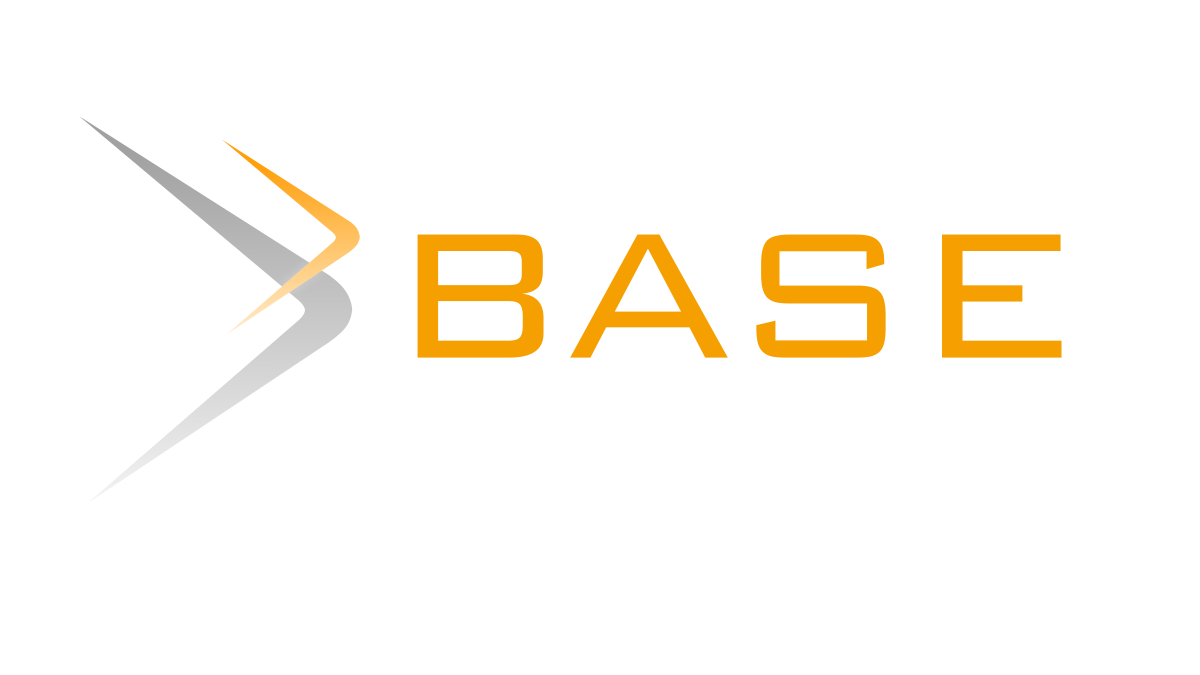Consumers’ Attitude towards the Cruelty-Free Label on Cosmetic and Skincare Products and Its Influence on Purchase Intention
DOI:
https://doi.org/10.35313/jmi.v2i2.35Keywords:
Cruelty-free Label, Moral Obligation, Environmental KnowledgeAbstract
Many brands, especially in Indonesia, are starting to apply cruelty-free labels on their products currently. However, the absence of legal certainty, lack of consumers’ awareness, and the number of companies who still use animal testing methods make this research important. Therefore, this study aims to determine consumers’ attitudes toward cruelty-free labels on cosmetics products and their effects on purchase intention. In determining the sample, this study uses a non-probability sampling method. In addition, this study uses environmental knowledge and moral obligation variables as determinants of attitude and purchase intention in cruelty-free cosmetics products as the dependent variables. Questionnaires were distributed to 211 participants, starting from the age of 17 years old in Indonesia, specifically in DKI Jakarta and West Java areas. The results show a positive and significant influence on the determinant variable of attitude which in turn affects purchase intention. Based on the analysis that has been done, the respondents have a positive attitude toward cruelty-free cosmetics products.
References
Ab Hamid, M. R., Sami, W., & Mohmad Sidek, M. H. (2017). Discriminant Validity Assessment: Use of Fornell & Larcker Criterion versus HTMT Criterion. Journal of Physics: Conference Series, 890(1). https://doi.org/10.1088/1742-6596/890/1/012163
Acil, D. (2021). Inilah Pentingnya Memiliki Produk Kecantikan Cruelty-Free! Female Daily. https://editorial.femaledaily.com/blog/2021/04/23/inilah-pentingnya-memiliki-produk-kecantikan-cruelty-free
Alaouir, T., Gustavsson, R., & Schmidt, N. (2019). Factors Driving Purchase Intention for Cruelty-free Cosmetics?: a Study of Female Millennials in Jönköping, Sweden. In Jonkoping University. http://hj.diva-portal.org/smash/get/diva2:1320983/FULLTEXT01.pdf%0Ahttp://urn.kb.se/resolve?urn=urn:nbn:se:hj:diva-44134
Ami, E. (2021). 5 Alasan Penting Memilih Produk Berlabel Cruelty-free. IDN Times.
Andreevna, K. V. (2021). Influence of Sociocultural Factors on Cruelty-free Consumption in the Russian Beauty Market. St. Petersburg University.
Askadilla, W. L., & Krisjanti, M. N. (2017). Understanding Indonesian Green Consumer Behavior on Cosmetic Products: Theory of Planned Behavior Model. Polish Journal of Management Studies, 15(2).
Barbarossa, C., Beckmann, S. C., De Pelsmacker, P., Moons, I., & Gwozdz, W. (2015). a Self-identity based Model of Electric Car Adoption Intention: Across-cultural Comparative Study. Journal of Environmental Psychology, 42, 149–160. https://doi.org/10.1016/j.jenvp.2015.04.001
Bom, S., Jorge, J., Ribeiro, H. M., & Marto, J. (2019). A step forward on sustainability in the cosmetics industry: A review. Journal of Cleaner Production, 225, 270–290. https://doi.org/10.1016/j.jclepro.2019.03.255
Cadete, B. (2021). How Cruelty-free Logos Influence Consumers’ Purchase Intention: the Effects of Brand Image Logo Awareness and Moral Obligation [Universidade Católica Portuguesa]. https://repositorio.ucp.pt/handle/10400.14/34753
Capdevila, T., Lahr, F., Luka?evi?, L., Mar?eti?, N., & Spinu, N. (2019). Do We Really Need Animal Testing to Keep Us Safe??
Çoker, E. N., & Linden, S. van der. (2020). Fleshing out the Theory of Planned of Behavior: Meat Consumption as an Environmentally significant Behavior. Current Psychology. https://doi.org/10.1007/s12144-019-00593-3
Faradila, S. N. (2021). Produk Skincare Aman Gak Sih Tanpa Diuji ke Hewan? Zenius.Net. https://www.zenius.net/blog/produk-skincare-aman
Groff, K., Bachli, E., Lansdowne, M., & Capaldo, T. (2014). Review of Evidence of Environmental Impacts of Animal Research and Testing. Environments, 1(1), 14–30. https://doi.org/10.3390/environments1010014
Hair, J. F., Hult, G. T. M., Ringle, C. M., & Sarstedt, M. (2016). A Primer on Partial Least Squares Structural Equation Modeling (PLS-SEM) (2nd ed). Sage Publications: Thousand Oaks.
Henseler, J., Ringle, C. M., & Sarstedt, M. (2015). a New Criterion for Assessing Discriminant Validity in Variance-based Structural Equation Modeling. Journal of the Academy of Marketing Science. https://doi.org/10.1007/s11747-014-0403-8
Hsu, C. L., Chang, C. Y., & Yansritakul, C. (2017). Exploring Purchase Intention of Green Skincare Products Using the Theory of Planned Behavior: Testing the Moderating Effects of Country of Origin and Price Sensitivity. Journal of Retailing and Consumer Services, 34, 145–152. https://doi.org/10.1016/j.jretconser.2016.10.006
Kock, N. (2018). Should Bootstrapping Be Used in Pls-sem? Toward Stable P-value Calculation Methods. Journal of Applied Structural Equation Modeling, 2(1), 1–12. https://doi.org/10.47263/JASEM.2(1)02
Malik, C., & Singhal, N. (2017). Consumer Environmental Attitude and Willingness to Purchase Environmentally Friendly Products: An SEM Approach. Vision: The Journal of Business Perspective, 21(2), 152–161. https://doi.org/10.1177/0972262917700991
Miguel, I., Coelho, A., & Bairrada, C. M. (2020). Modelling Attitude towards Consumption of Vegan Products. Sustainability (Switzerland), 13(1), 1–17. https://doi.org/10.3390/su13010009
Paramitha, N. (2017). Apa beda Label Cruelty Free dan No Animal Testing? Kalau Leaping Bunny dan Vegan? Yuk, cari tahu di sini. Beauty Journal by Sociolla. https://www.soco.id/post/beauty/5c1bc2203ad3fa7d5e608705/label-cruelty-free-no-animal-testing
Pop, R. A., Saplacan, Z., & Alt, M. A. (2020). Social Media Goes Green-The Impact of Social Media on Green Cosmetics Purchase Motivation and Intention. Information, 11(9). https://doi.org/10.3390/INFO11090447
Pülm, C. (2021). Purchase intention of cruelty-free cosmetics: The effects of brand type and cruelty-free labels (Issue June). Universidade Católica Portuguesa.
Rawof, W. (2021). Ethical and Sustainable Cosmetics and Their Importance on Consumer Purchase Behavior.
Sarstedt, M., Ringle, C. M., & Hair, J. F. (2021). Partial Least Squares Structural Equation Modeling. In Handbook of Market Research. https://doi.org/10.1007/978-3-319-57413-4_15
Sheehan, K. B., & Lee, J. (2014). What’s Cruel about Cruelty Free: an Exploration of Consumers, Moral Heuristics, and Public Policy. Journal of Animal Ethics, 4(2), 1. https://doi.org/10.5406/janimalethics.4.2.0001
Shimul, A. S., Cheah, I., & Khan, B. B. (2021). Investigating Female Shoppers’ Attitude and Purchase Intention toward Green Cosmetics in South Africa. Journal of Global Marketing. https://doi.org/10.1080/08911762.2021.1934770
Sinaga, D. (2018). Ketika Label No Animal Tested Tidak Memiliki Arti. CNN Indonesia. https://www.cnnindonesia.com/edukasi/20180111135124-445-268139/ketika-label-no-animal-tested-tidak-memiliki-arti
Springirth, A. (2016). Discourses of " Cruelty-Free " Consumerism?: PETA , The Vegan Society and Examples of Contemporary Activism. City University of New York.
Sreedhar, D., Manjula, N., Pise, A., Pise, S., & Ligade, V. S. (2020). Ban of Cosmetic Testing on Animals: A Brief Overview. International Journal of Current Research and Review, 12(14), 113–116. https://doi.org/10.31782/IJCRR.2020.121424
Statista. (2021). Annual number of animals used in research and testing in selected countries worldwide as of 2020.
Wang, Y., Zhao, Y., & Song, F. (2020). The Ethical Issues of Animal Testing in Cosmetics Industry. Humanities and Social Sciences, 8(4), 112–116. https://doi.org/10.11648/j.hss.20200804.12
Zhang, D., Huang, G., Yin, X., & Gong, Q. (2015). Residents’ waste separation Behaviors at the source: Using SEM with the Theory of Planned Behavior in Guangzhou, China. International Journal of Environmental Research and Public Health, 12, 9475–9491. https://doi.org/10.3390/ijerph120809475
Downloads
Published
How to Cite
Issue
Section
License
Copyright (c) 2022 Elisa Christianti Wuisan, Agustinus Februadi

This work is licensed under a Creative Commons Attribution-ShareAlike 4.0 International License.


















